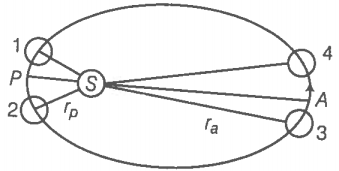Q. 37 Earth’s orbit is an ellipse with an eccentricity of 0.0167. Thus, the earth's distance from the sun and speed as it moves around the sun varies from day-to-day. This means that the length of the solar day is not constant throughout the year. Assume that the earth's spin axis is normal to its orbital plane and find out the length of the shortest and the longest day. A day should be taken from noon to noon. Does this explain variation of length of the day during the year?


© 2025 GoodEd Technologies Pvt. Ltd.